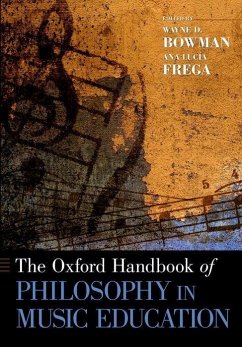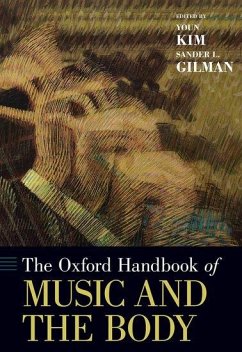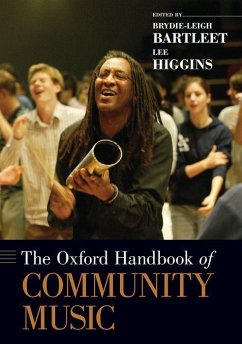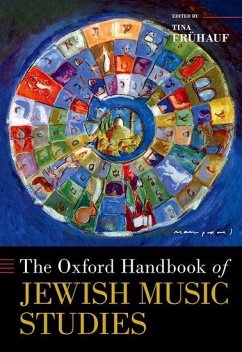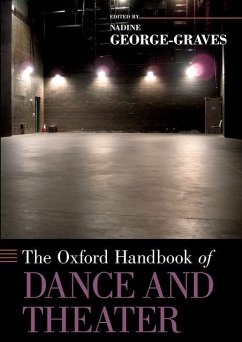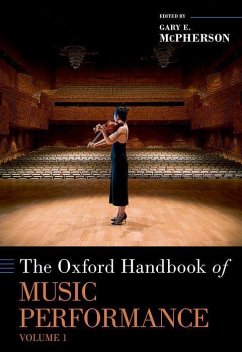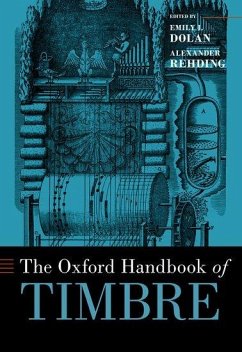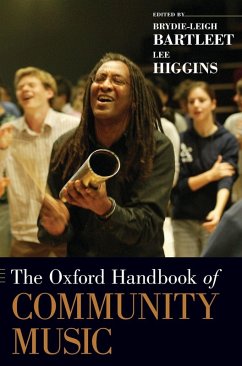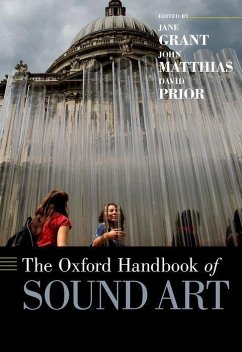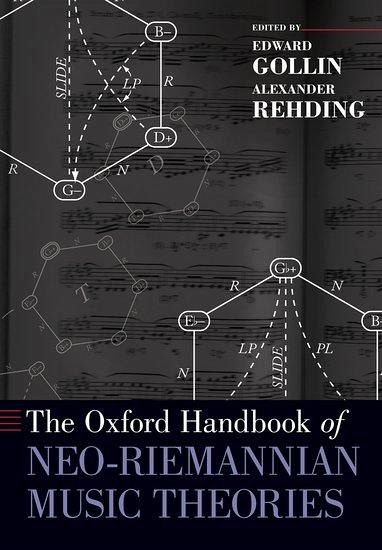
The Oxford Handbook of Neo-Riemannian Music Theories

PAYBACK Punkte
33 °P sammeln!
In recent years neo-Riemannian theory has established itself as the leading approach of our time, and has proven particularly adept at explaining features of chromatic music. This book assembles an international group of leading music theory scholars in an exploration of the music-analytical, theoretical, and historical aspects of this new field.





